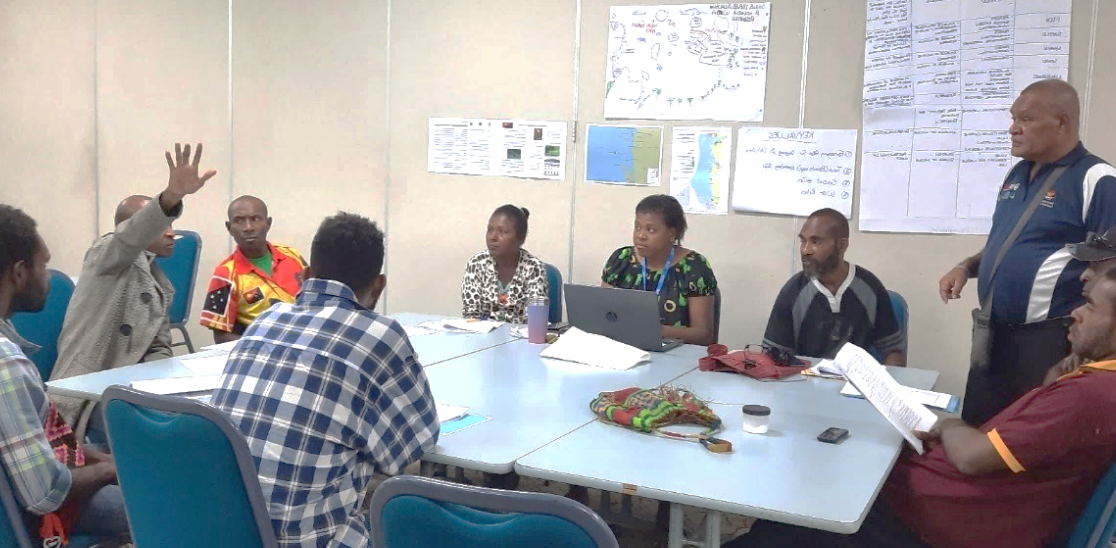PROTECTING PAPUA NEW GUINEA’S BIODIVERSITY
In Papua New Guinea, the establishment of protected areas supports communities who safeguard nature for future generations.
PROTECTED AREAS
Papua New Guinea (PNG) is globally significant in its natural and cultural richness, housing up to 5% of the world’s plant and animal species, the highest language diversity in the world, and vast areas of natural forest. This unique environment, rich in natural resources, is owned almost entirely by customary landowners, and over 80% of people live in rural villages and produce much of their own food.
Although land and sea resources have been managed sustainably through cultural practices in the past, increasing pressures from a growing population, a changing climate, and extractive industries have made this traditional form of management more difficult. In addition, the capacity to access and use data on natural resources is lacking, and there is still much to discover about the wildlife and cultural heritage of the country’s protected areas.

Communities, in co-operation with relevant government agencies and supporting non-governmental organizations, can help establish and manage protected areas to ensure there is a balance in land use and protection of natural resources from over-exploitation.
HISTORY AND LEGISLATION
By 2000, PNG had 45 protected areas with a total area of over 1.5 million ha. This increased to 59 formal protected areas totaling 2.15 million ha (4.7 per cent of the country) by 2021. Several significant areas are awaiting gazettal (See Protected Areas timeline below). In addition, many locally managed protected areas, especially in the marine environment, are not yet recognised in the formally protected area registry.





